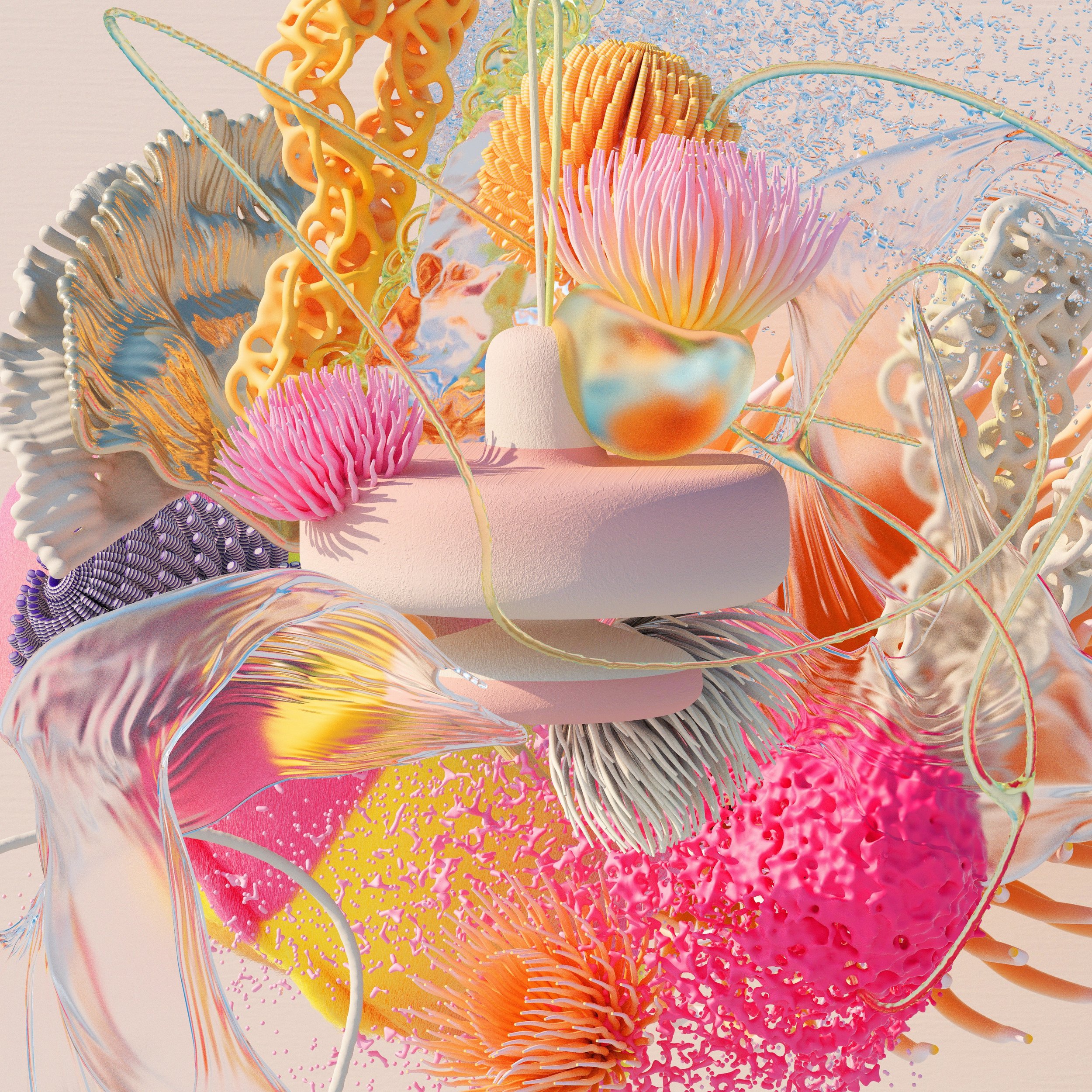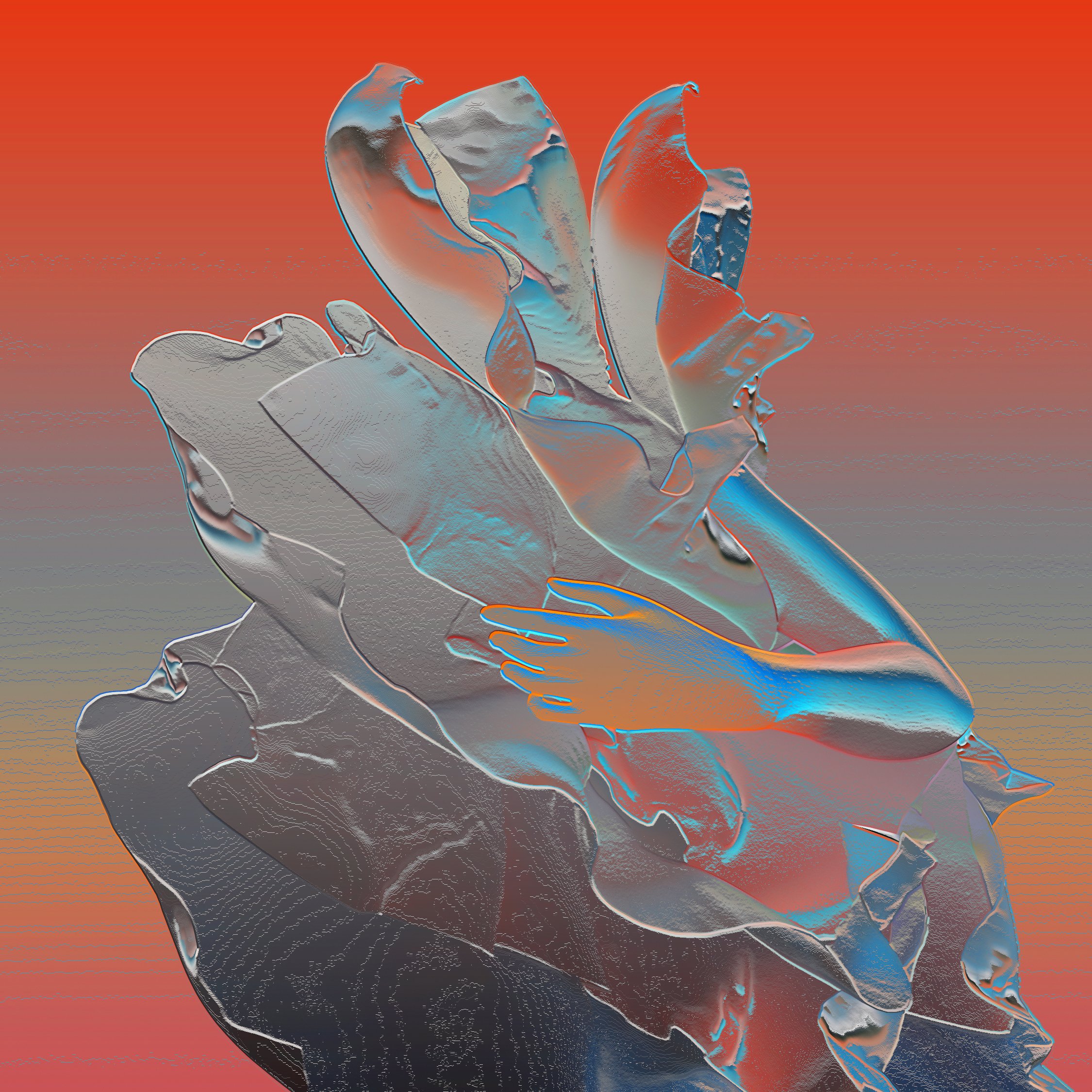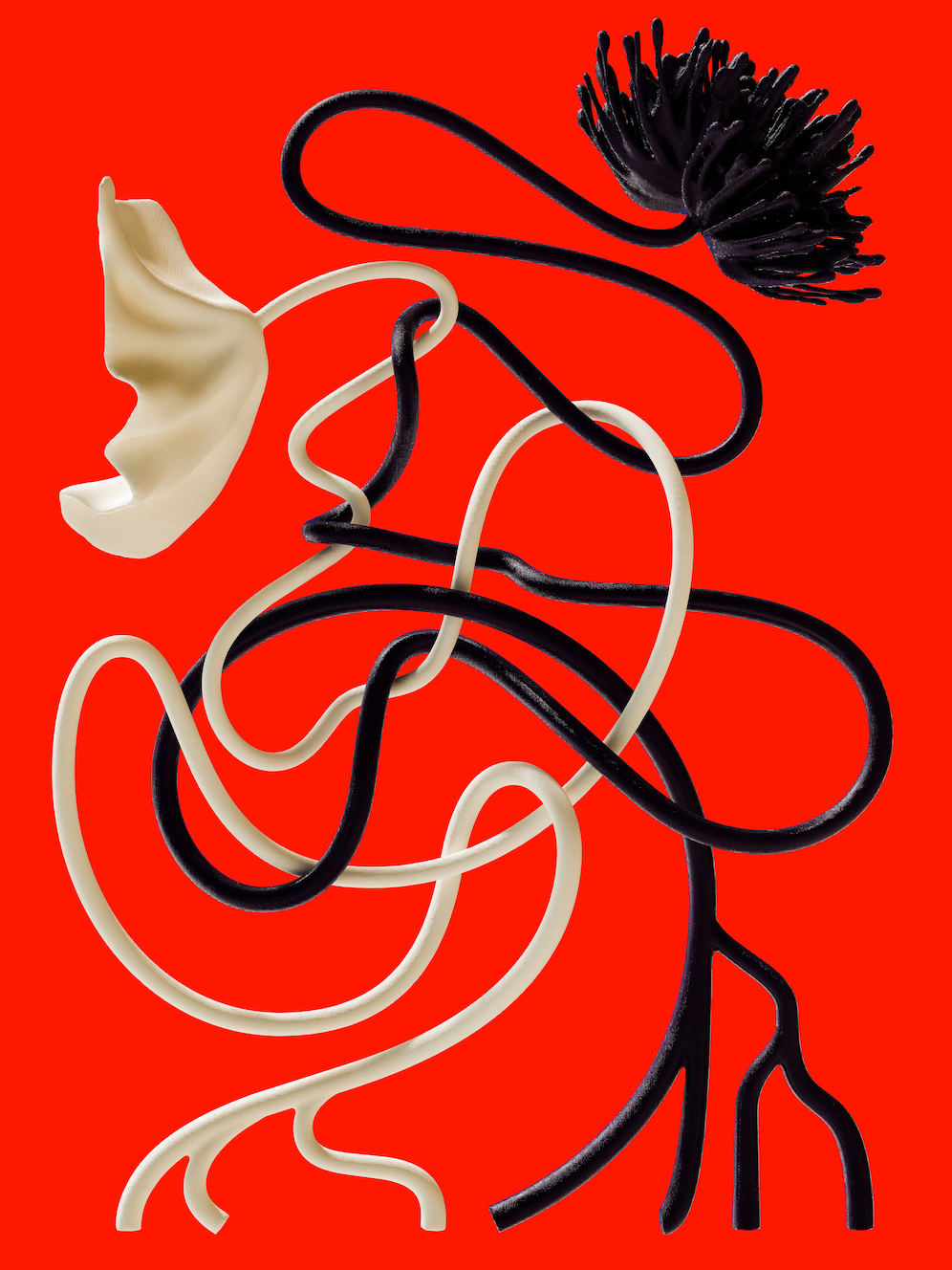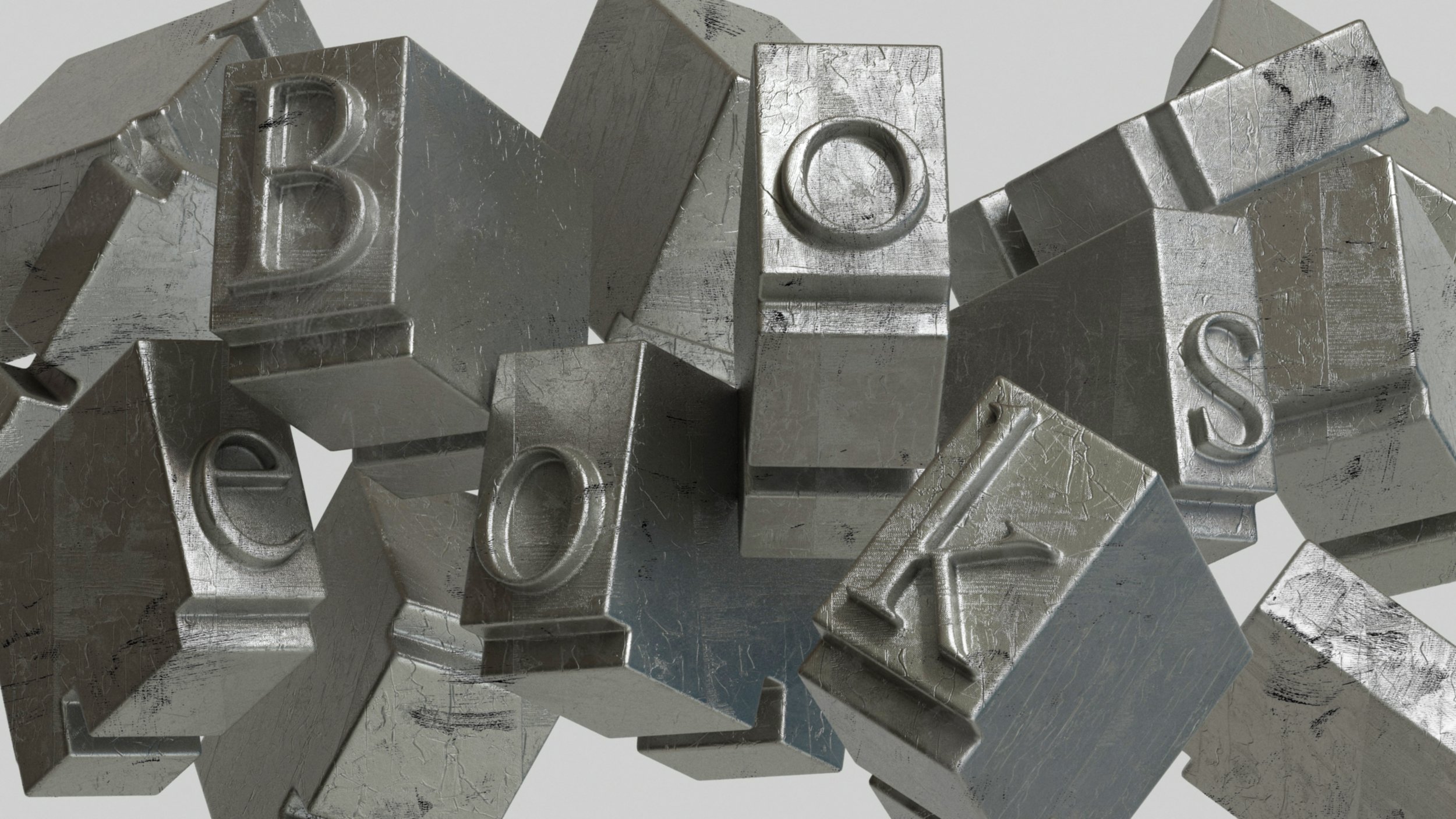Khyati Trehan
Khyati Trehan is an Indian graphic designer and 3D artist living and working in New York. Khyati’s career has seen her work across disciplines, drawing inspiration from the context of the work and often exploring the edges of all things visual for the likes of the Oscars, Vogue, New York Times, New Yorker, Apple, Google and Instagram. She currently works at the Google Creative Lab in NYC and prior to joining the team at Google she was a senior communication designer at IDEO Munich. Khyati has been recognized as one of Print Magazine's 15 New Visual Artists under 30 in 2017, was chosen as the Artistry Creator of the Year at Adweek’s Creator Visionary Awards, won the ADC Young Guns 19 and most recently, made it onto the Forbes 30under30 India List.
Hi Khyati! Tell us about yourself - how did you get to where you are today and when did you first become interested in art and design?
I’m a graphic designer and visual artist from New Delhi, India, currently living and working in New York. I work as a designer at the Google Creative Lab, and parallelly have an independent visual art practice. The term multidisciplinary gets thrown around a lot, so I like to call myself a sum of parts.
My first memory of any interest wasn’t the craft as much as it was the physical space in which we made art. The art room at my school had low tables, plenty of sunlight, cold floors, huge windows looking out to a lot of greenery and super tall cupboards filled with stationary. You know the satisfaction you get from opening the fridge and just looking in for a while? We’d do that with those tall well stocked cupboards; just stare in. I remember wanting to be in that space every chance I got.
Jump cut to studying design at the National Institute of Design in Ahmedabad, I’ve since bounced around a lot, from interning at a type foundry, practicing branding and editorial in India, to communication design at IDEO Munich, to taking up 3D animation and illustration projects as an independent designer, and here we are.
Designer and Artist Khyati Trehan
“Practice articulating your ideas. Get good at answering the ‘why’s’ behind your visual decisions and truly, deeply, honestly think about them before you do.”
How would you describe your aesthetic and how has your style changed over time?
I begin with the idea; the aesthetic comes later down the line. Of all the techniques there are to arrive at an idea, the one I love going back to is juxtaposition; drawing parallels between two seemingly unrelated things. When I’m making illustrations, I often take the 3D digital art route because it gives me more variables to play with than any other tool I’m familiar with. My editorial illustrations specifically skew towards abstract and organic, bringing a surreal element to scientific imaging as a direct result of supporting text about the mysteries of the human body and the physical world.



You'd think that with time, I'd want to arrive at one distinct style. And I completely understand why many people do – it helps people easily identify what makes your work unique and what to hire you for. But my approach has been quite the opposite—I carve out time to stretch where the process can take me, and explore where I might land with enough tinkering. While there's definitely a common thread running through my work because my inclinations are bound to seep in regardless of how objective I’m trying to be, I don't feel beholden to a single aesthetic. Every new project is an opportunity to make incremental shifts.
You're currently a designer at Google Creative Lab - what does a day on the job look like for you?
Short of giving specifics, 99.9% of my day is “making.” The creative lab is a small team of designers, writers, programmers, filmmakers, producers and business thinkers, that pushes for an impact that outweighs our footprint. We help invent Google’s future and communicate Google’s innovations in ways that make them useful to more people. As a designer, some days look like thinking through visual systems, art direction and storyboarding film titles. Other days might involve pushing pixels, building proof-of-concept prototypes and shaping experimental tools.
Over the course of your career you've worked with clients like The New York Times, Instagram, and Snapchat - how do you approach creative collaboration with your client partners?
Every collaboration is unique and my approach depends on their expectations. Some clients come with a specific vision and a clear brief, and my role is to address it. I move on to asking questions, collaborating closely with their team, spending time exploring the industry or space I’m designing for, studying its visual culture, and seeking text and inspiration beyond the brief. For projects like editorial asks for the New York Times, I work closely with the art director and after a few rounds of sketches, notes and renders, we get to the end. Other times, clients might grant me a lot of freedom and ask for a personal take or perspective. These feel like art projects more than they do design assignments. Snapchat, for example, sent me a pair of Spectacles 3, their smart glasses that capture 3D videos with depth data. I was commissioned to conceptualize and build custom AR lenses for it, with no restrictions beyond their high level brand principles.
What are your favorite themes and topics to explore?
With access to the right books, podcasts and people, I can get myself excited about anything really. I’ve somehow found myself in the niche of making work for scientific articles for publications like WIRED, New Yorker, and Spectrum magazine and research orgs like Google Deepmind. Where else would I learn about the tokamak and Deepmind’s work in using AI to solve plasma control for advances in Nuclear fusion, or what bio-electricity can mean for regenerating cells! It’s a great way to enter rabbit holes that I would have otherwise never found myself in.
I also love working with my younger sister, Kavya Trehan, and designing for her music career. It’s wonderful to see her grow and I get the privilege of supporting her music with all things visual.
What led to your interest in 3D art and design, and what is your process like working on 3D projects?
I first got into 3D art because I was frustrated with the amount of time I spent searching for the perfect images for a photo manipulation project. Building objects from scratch was a much more efficient solution that gave me a lot of control at that moment. While I’m not the most technically sound 3D artist, playing in a tool that allows you to flex in so many ways even beyond the visibly 3D aesthetic has opened up a whole new world of creative possibilities.
My process varies depending on the project. Sometimes I take a traditional approach, starting with sketches before diving into modeling and rendering in Cinema 4D. Other times, especially when there’s a lot of complexity in the composition I have in mind, I find it more efficient to “think in 3D” and jump straight into the tool.


How do you think the world of art and design is going to change or evolve in the next 5 years?
5 years feels too far out given the rate of change Generative AI is projecting on the industry. It's not just about how technology will advance, but also how we might have to either reframe or remind ourselves of the value of human creativity and what it means to be an artist. And even if/when we do, will businesses too? I’m hopeful because, for instance, while anyone with access can now make passable AI videos, the only ones I’ve enjoyed watching as an audience member were films that skilled filmmakers made using AI.
I wonder if we’ll see a resurgence of appreciation for the handmade, the tactile, the unique object that can't be replicated by an algorithm. Maybe artists will transition into roles that emphasize curation, concept, and direction—guiding AI tools and selecting outputs. I’ve answered this question differently every year it’s been asked. I’m clearly the one to ask this question too instead of being the one to answer it.
Where do you find creative inspiration, and do you have any favorite design resources?
I find inspiration in the context of the project. Fonts in use, It's Nice That, and Library of Congress are all great for archival material and whatever’s new and fresh in the world of design.
What advice would you give to artists and designers just starting out?
Practice articulating your ideas. Get good at answering the ‘why’s behind your visual decisions and truly, deeply, honestly think about them before you do.
Thank you for sharing with us Khyati! To view more of Khyati’s work, visit her website and follow her on Instagram.
Khyati was nominated by Noun Project. All art courtesy of Khyati Trehan.



